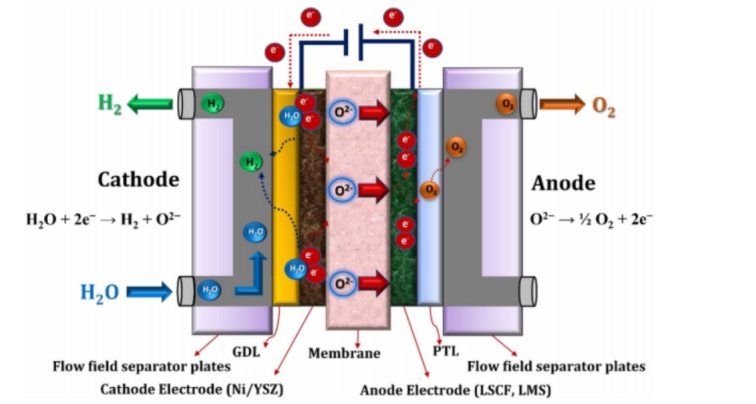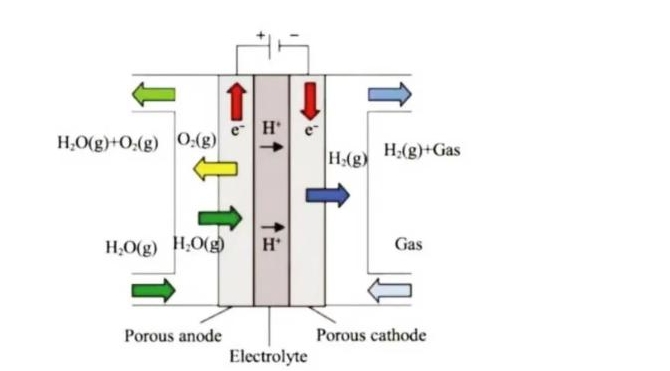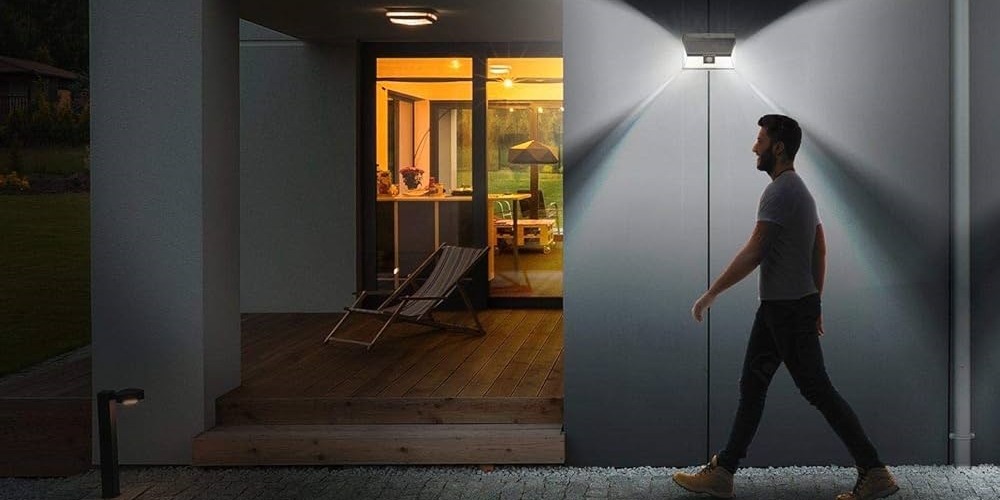Compressed air energy storage uses the excess electricity of the power system during the low load period. The air compressor is driven by an electric motor to compress the air into a closed large-capacity underground cave as a gas storage chamber. It can also be an abandoned mine, a sunken submarine gas tank, a cave, an expired oil and gas well, or a newly built gas storage well. When the power system generates insufficient electricity, the compressed air is mixed with oil or natural gas through a heat exchanger and burned, and then introduced into the turbine to generate electricity.
The CAES system mainly includes key components such as generators, compressors, combustion chambers, gas storage chambers, expanders, and electric motors, and is divided into two processes: energy storage and energy release. In the energy storage process, renewable energy such as wind power and photovoltaic power is used to drive the compressor to compress air and store high-pressure air in the gas storage chamber; in the energy release process, the high-pressure air in the gas storage chamber drives the expander to generate electricity.
Compressed air energy storage can be mainly divided into two basic working processes: energy storage and energy release:
When storing energy, the motor drives the compressor to absorb air from the environment, compress it to a high-pressure state, and store it in the gas storage device. In this process, electrical energy is converted into the internal energy of compressed air.
When releasing energy, the compressed air stored in the gas storage device enters the air turbine to expand and generate electricity. The internal energy and potential energy contained in the compressed air are converted back into electrical energy in this process.
The role of compressed air energy storage
1.High-power energy storage
The power of a single unit can reach hundreds of megawatts, and the power can be adjusted in real time during actual operation.
2.Long-term energy storage
Long-term energy storage for daily, weekly or even seasonal scheduling can be achieved.
3.Long-term power supply
Long-term power supply can be achieved by adjusting the output power.
4.Multi-energy storage and multi-energy supply
Multi-energy storage and supply capabilities can be combined with solar thermal, geothermal, and industrial waste heat as an energy hub for clean energy systems.
Compressed air energy storage classification and technical route Compressed air energy storage classification
1.Supplementary combustion compressed air energy storage
Working principle:
Drawing on the gas power cycle, a burner is set in front of the expander of the compressed air energy storage system, and natural gas and other fuels are mixed with compressed air for combustion to increase the air intake temperature of the air turbine expander.
Technical features
Simple structure, high technical maturity, reliable equipment operation, low investment cost, long service life, and rapid response characteristics similar to gas power plants;
In the current context of vigorously developing green energy and controlling carbon emissions, carbon emissions have become its biggest drawback.
2.Adiabatic compressed air energy storage
Working principle
By increasing the single-stage compression ratio of the compressor, a higher grade of compressed heat energy is obtained and stored; during the energy release process, the stored compression heat is used to heat the turbine expander inlet air to achieve compressed air energy storage without the need for fuel replenishment. According to the different heat storage temperatures, it can be divided into two technical routes: high temperature (>400℃) and medium temperature (<400℃).
Technical features
High-temperature adiabatic compressed air energy storage has technical bottlenecks in ultra-high temperature compression and high-temperature solid heat storage technologies, making them difficult to achieve;
The key equipment of medium-temperature adiabatic compressed air energy storage has mature technology, reasonable cost, strong system stability and controllability, and the ability of multi-energy storage and multi-energy supply, which is easy to realize engineering application.
3.Isothermal compressed air energy storage
Working principle
Air compression and expansion are achieved using a quasi-isothermal process. During the compression process, the compression heat and pressure potential energy are separated in real time, so that the compressed air does not experience a large temperature rise; during the expansion process, the stored compression heat is fed back to the compressed air in real time, so that the compressed air does not experience a large temperature drop.
Technical features
The advantages of isothermal compressed air energy storage are simple system structure and low operating parameters, but its installed power is generally small, the energy storage efficiency is low, and the isothermal compression process and expansion process are difficult to achieve. It is only suitable for small-capacity energy storage scenarios.
4.Composite non-supplementary compressed air energy storage
Working principle
Solar thermal energy, geothermal energy and industrial waste heat can all meet the heating needs of the compressed air energy storage system during the expansion process. This system that realizes non-supplementary compressed air energy storage through the combination of multiple energy systems is called a composite compressed air energy storage system, and its working principle is similar to that of adiabatic compressed air energy storage.
Technical features
The composite compressed air energy storage system has a strong ability of multi-energy storage and multi-energy supply, which can realize the storage, conversion and utilization of various energy forms, meet different forms of energy demand, and improve the comprehensive utilization efficiency of system energy.
5.Deep-cold liquefied air energy storage
Working principle
Deep-cold liquefied air energy storage is similar to adiabatic compressed air energy storage in terms of compression, expansion and heat storage. The difference is that liquid air energy storage adds a cold storage system, which includes the cooling, liquefaction, separation, storage of air during energy storage and gasification of air during energy release.
Technical features
The biggest advantage is that air is stored in a liquid form at normal pressure, with high energy storage density, which can greatly reduce the volume of the gas storage system and reduce the dependence of the power station on terrain conditions. However, due to the addition of a cold storage system, the system structure is more complicated.



